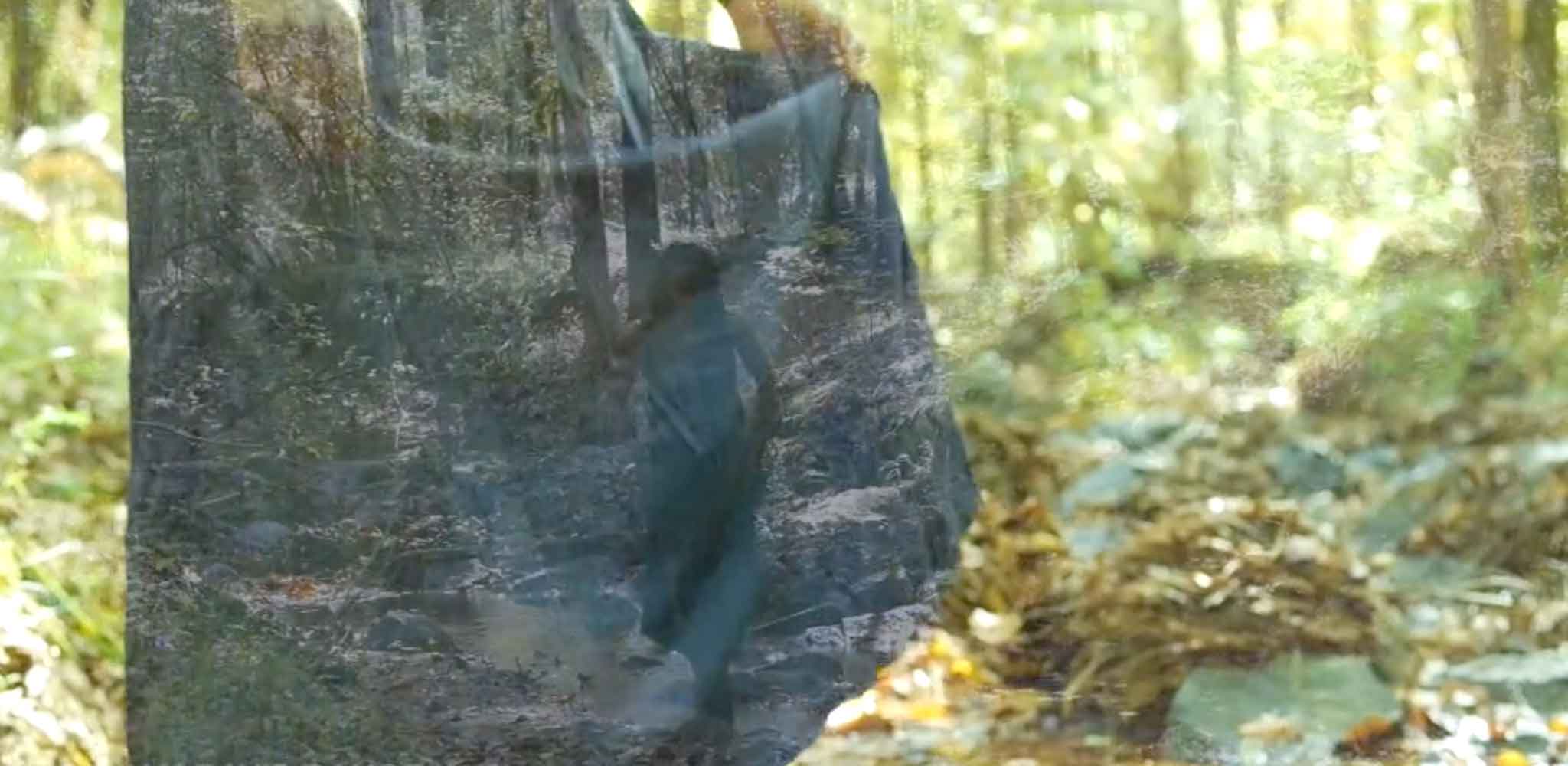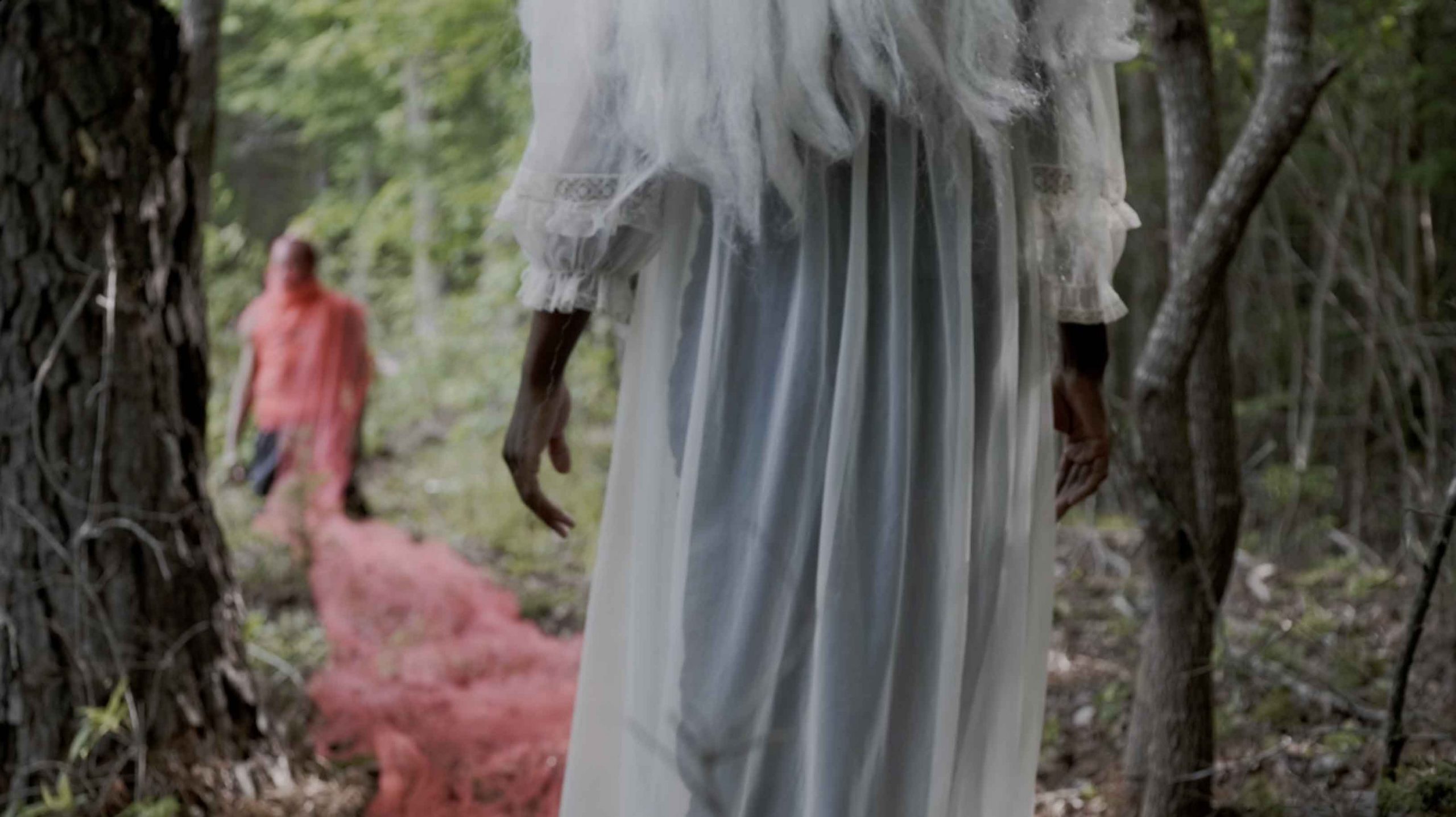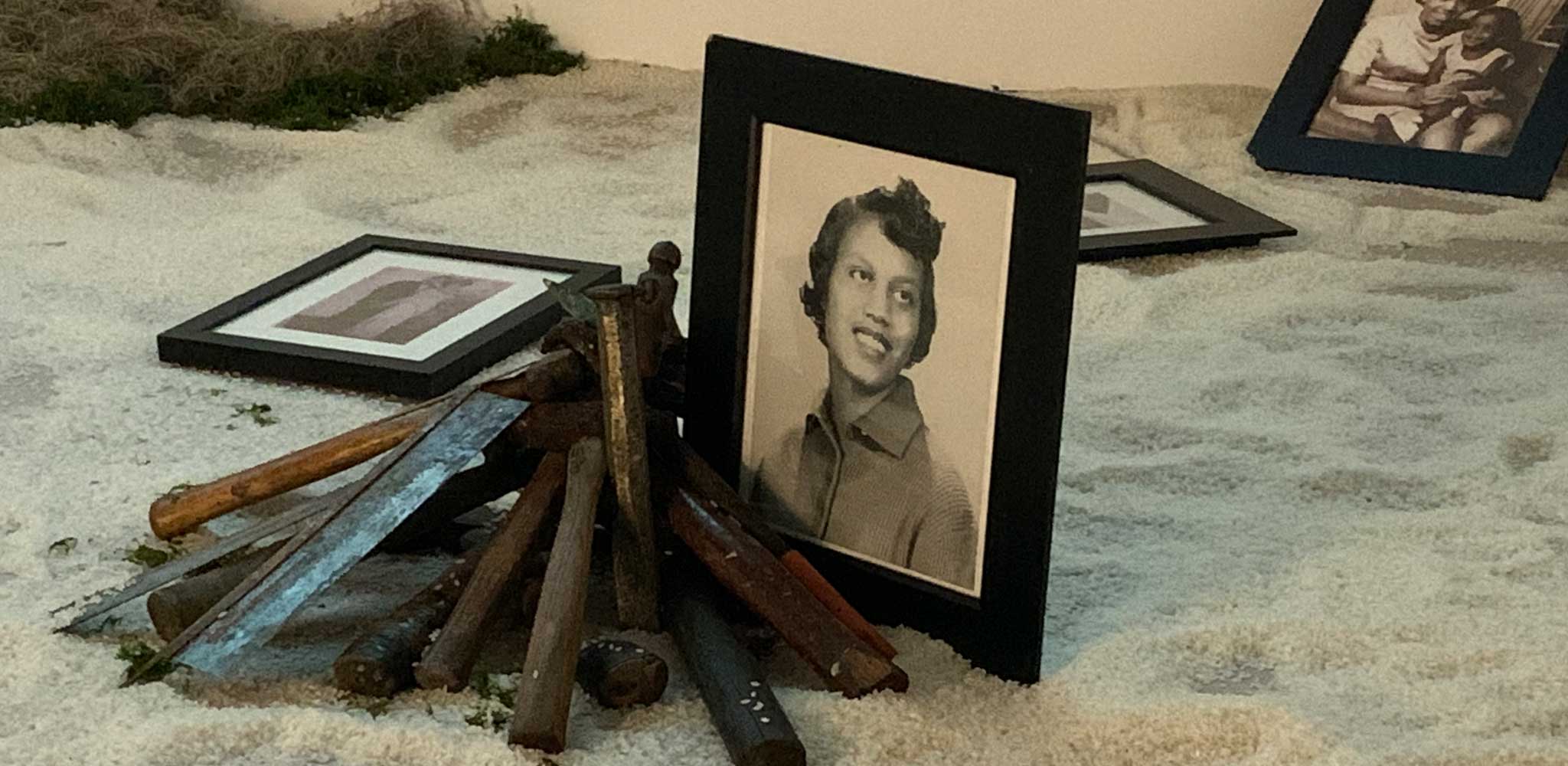


wdd_header_images2048x1000c
wdd_pgheader_2048x1000working
wdd_pgheader_2048x1000working



Your sessions gave me plenty to reflect on as well as ideas and resources to bring to the classroom. I’ve gotten positive feedback from our students and faculty who participated.
—Kevin Trumpeter
Dean of Arts & Humanities Division
Associate Professor of English
Allen University
Columbia, SC
As Associate Professors of Theatre and Dance and African American Studies at the University of South Carolina, Tanya and Thaddeus have designed a range of courses such as:
• Reciting Sites: Performance, Sculpture, and Memorialization. This course explores performance in the context of localities using the University of South Carolina campus grounds. Drawing from ethnography, dance and movement studies, African American studies, visual art, and theories of identity formation and negotiation, we make and analyze performance and explore the relationship between USC’s architectural campus and African American life. Students explore choreography and design. Assignments may include mixed media, installation, and collaboration.
• Dance Theatre of Harlem: Political Embodied Expressions. This course explores the cultural and socio-political events that paved the way for the founding of Dance Theatre of Harlem, the first sustainable Black ballet company in America, and its radical dancers who created new models for Black dancing artists. Topics to be investigated include: ballet as a new art form in America, racialized bodies performing ballet, colorism in the paradigm of Black ballet, performing white gender-normative patriarchal values, and Black queer bodies in ballet. Course includes readings, group projects, research papers, improvisational movement exercises, viewing of video content, and discussion.
• 3D Sculpture and Choreography. By creating choreographic phrases in tandem with three-dimensional art, students broaden their understanding of the intersection of choreography and design.
• Dance History II: American Politics of Labor, Race, Gender, and Intellectual Property. This course delves into the labor and development of concert dance in the United States and how race, gender, and property rights have defined the structures of performance, choreography, and authorship.
• Dance Appreciation (Online). Designed for students who are not familiar with dance history and dance genres, this course gives an overview of how concert dance developed such as: the elements and participants involved in producing a dance; guidance on viewing dance; and performance critique. Through lectures, demonstrations, in-class discussions, video, and viewing performances, students explore dance principles and traditions, as well as social and cultural contexts. The historical content covers a large time span, to familiarize students with periods in history up to the 21st century.
• Movement, Dance and Historic Corporeality. This course provides a broad introduction to the study of dance as an entry point to a much larger body of practice, theory, and writing. We study the phenomenon of the moving human form across race, culture, gender, sexuality, and class, reflecting on experience the impact dance has on society and human evolution.
Above: Migratuse Ataraxia film footage. Property of Wideman Davis Dance. Artist: Tanya Wideman-Davis. Migratuse Ataraxia film footage. Property of Wideman Davis Dance. Artists: John Green and Tanya Wideman-Davis. Migratuse Ataraxia Installation at Bridgeport Arts Center, Chicago, IL. Courtesy of Wideman Davis Dance. Past Works: credits here.